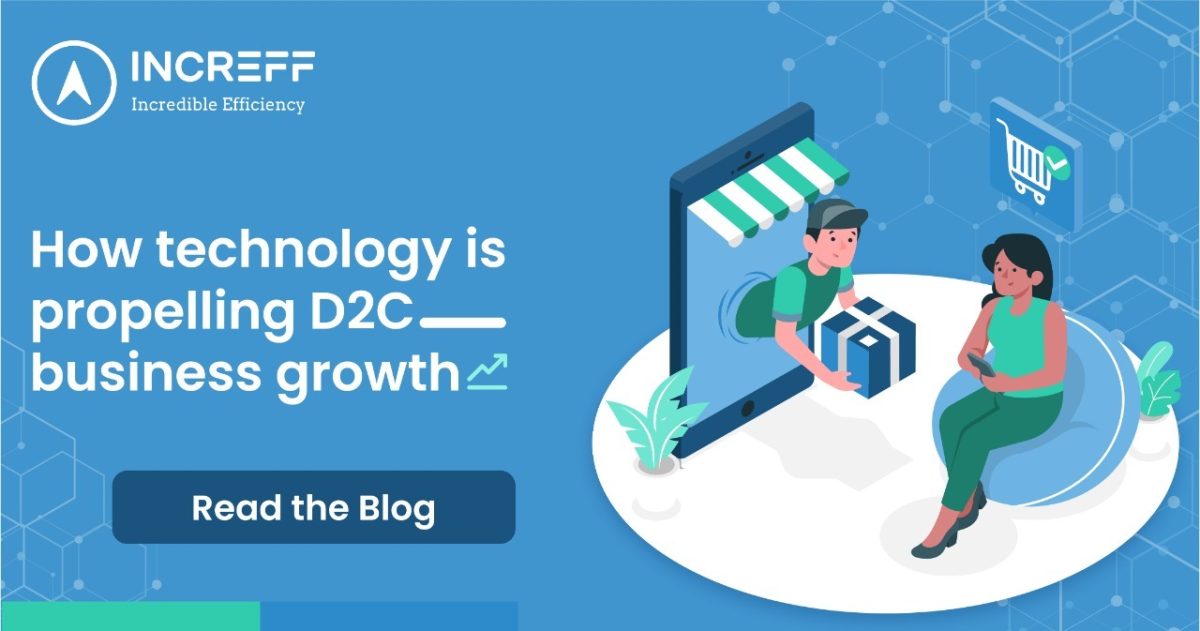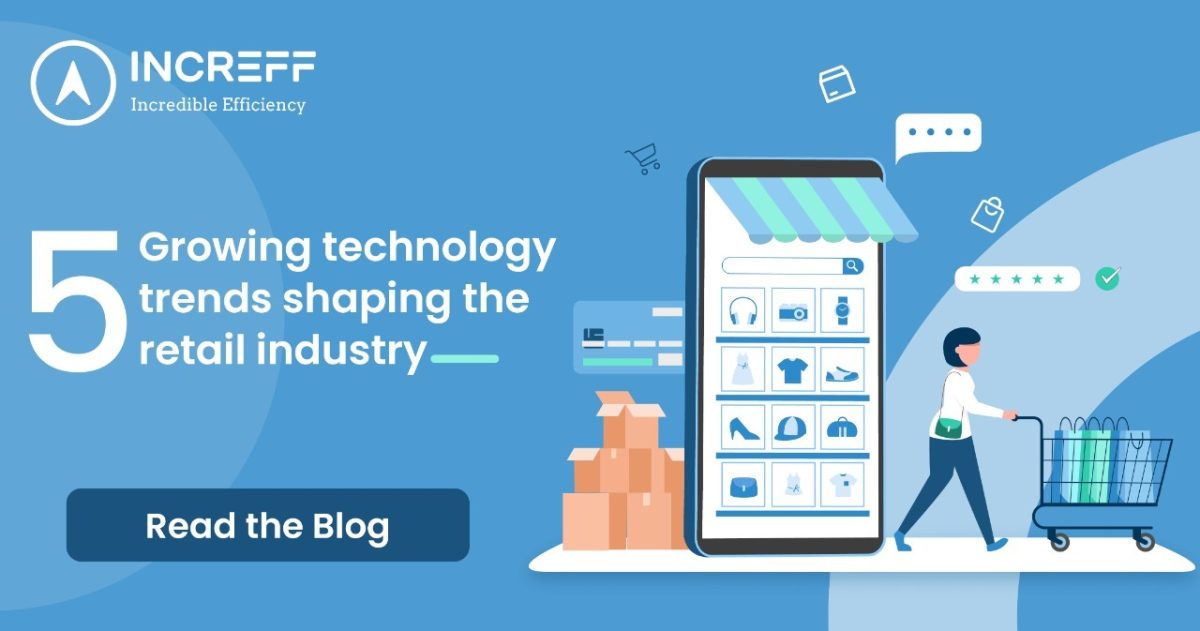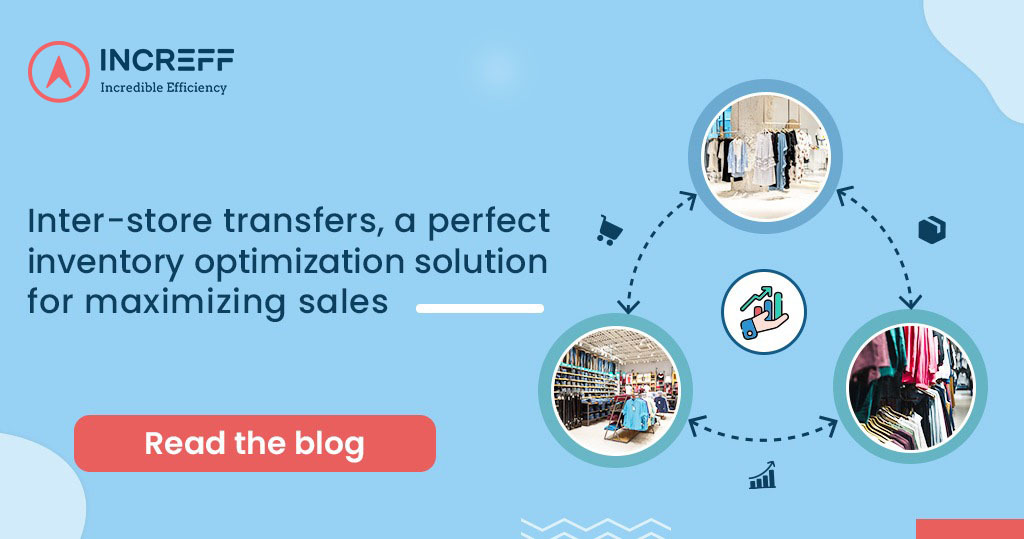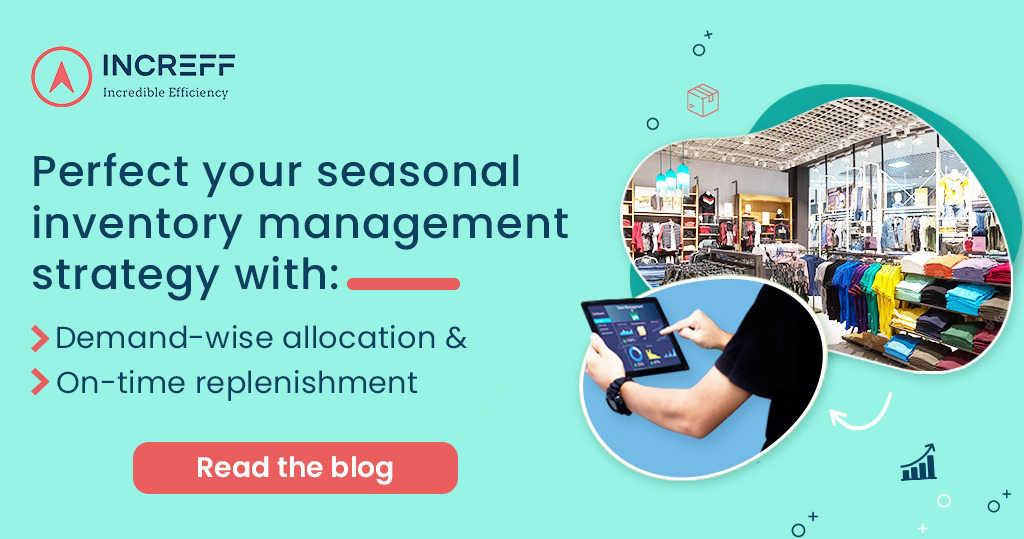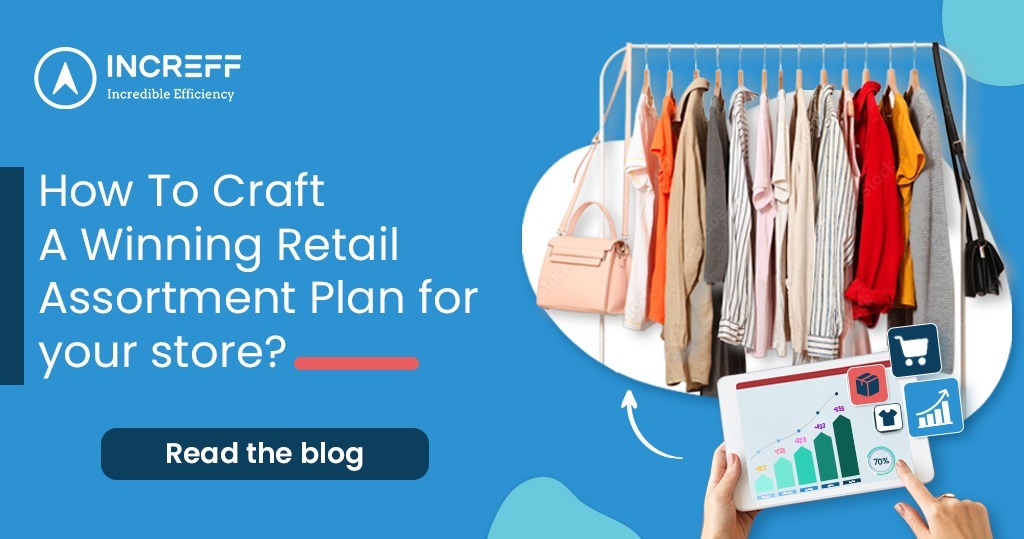As retail and e-commerce turn into highly competitive spaces warehouse management is also becoming more and more challenging. Customers these days expect lightning-fast deliveries, convenient shopping experiences, and easy returns. This requires greater flexibility, proactive handling, and a technology-driven warehouse management system backing the sales channels.
With new trends such as omnichannel taking full effect, the challenges are further complicated as warehousing now requires a highly customer-centric approach. Competition is getting increasingly intense as smaller brands operating neck to neck with established giants, seek to carve out their place in the market. This often results in dropping margins and demands greater efficiency to stay afloat.
As such, accurate inventory management, optimum picking and packing, transparency, and traceability of items are some of the must-have features of warehouse management systems, to ensure the highest levels of customer satisfaction and brand loyalty.
Let’s take a look at the top 5 challenges in a warehouse today, and ways to tackle them effectively.
- Inventory tracking during BAU (Business as usual) and during peak sales period
As businesses expand, tracking the inventory manually can be extremely tardy and hectic. Inventory digitization and serialization ensure seamless inventory tracking within and outside the warehouse. This is all the more crucial during peak sales periods like the end-of-season sales or festive sales since only an automated system can ensure continuous, real-time tracking when the stakes are the highest. Barcoding and serialization help cut down human errors and inaccuracies. This enables warehouse personnel to log the inventory correctly and locate it easily as and when they wish to move it.
2. Efficient Picking and Packing to Meet SLA Requirements
Undue delays and inexplicable inaccuracies can turn out to be the most difficult challenges in meeting SLAs. This, in the long run, can result in an increase in the rate of returns, higher customer churn, and loss of revenue. These issues can be tackled with efficient picking and packing so that only the right products in the right quantities are shipped.
Increff WMS express picking enables auto picklist-based SLA and channel priority to ensure express delivery orders are dispatched on priority. Pick efficiency is enhanced using the wave-wise picking technique. This way the picker doesn’t have to go to the same aisle multiple times to pick. With its image-assisted picking and packing, Increff ensures 100% order picking accuracy.
3. Minimizing Wastage and Obsolescence
Poor stock management is one of the leading reasons for wastage and obsolescence. Perishable products can especially be sensitive to expiry dates and highly prone to wastage. With automated solutions like Increff WMS, retailers can put in place an alert notification for batches approaching their expiry or sell-by date. Commonly known as the FEFO (First Expiry First Out) technique, this significantly avoids wastage and obsolescence in warehouses, especially for brands dealing in Pharma, Cosmetics, and Consumables.
4. Maximizing Resource Efficiency and Productivity
As more and more players emerge and compete in the market, there’s growing pressure on each brand —both big and small—to improve their bottom line, maintain healthy margins, and boost productivity. By offering a simple UI, Increff enables brands to maximize the efficiency of their warehouse staff with the training of no more than 10-15 minutes. This is especially crucial during peak sales when brands have to hire additional personnel or conduct cross-functional training from within their staff.
The system generates auto-alerts at every step and will not allow the warehousing staff to move ahead without resolving the previous error. This ensures every step is captured in the system and the errors get corrected at each step and are not amplified. By capturing the picker ID in the system, there is greater traceability and accountability for errors.
Combining and executing multiple steps in the process also ensures high performance. Increff enables picking and auditing simultaneously, thus cutting down on any potential downtime.
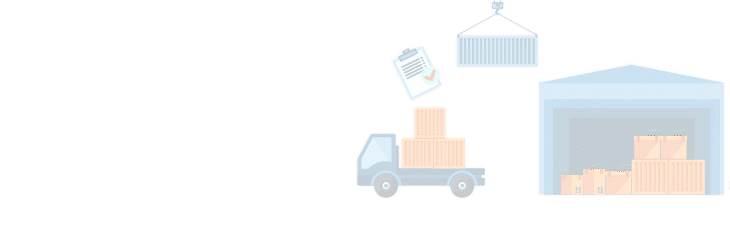
5. Faster re-commerce and returns management
In the year 2020, Americans returned goods worth a whopping $428 billion which made for a return rate of 10.6%. Quite clearly, managing returns is a serious challenge that brands must overcome proactively to ensure optimum profitability. Time-consuming returns may lead to loss of sales as products may not be visible on the sales channels immediately.
To reduce the chances of loss of sales, WMS solutions enable brands to conduct a quality check of the returned goods, and sort them as resaleable, refurbishable, and rejected. In case the goods are rejected, capturing the exact reason for rejection can help in the correction of future errors, conduct vendor analysis, and staff training. With the right labels, tags, and barcoding, there are zero chances of mixing the returned goods, keeping the whole returns process streamlined.
Having the right warehouse management system in place can help deal with all the above challenges with greater ease and agility. In fact, a cutting-edge WMS ensures brands stay ahead of the competition and ensure the highest levels of customer satisfaction and brand loyalty.

